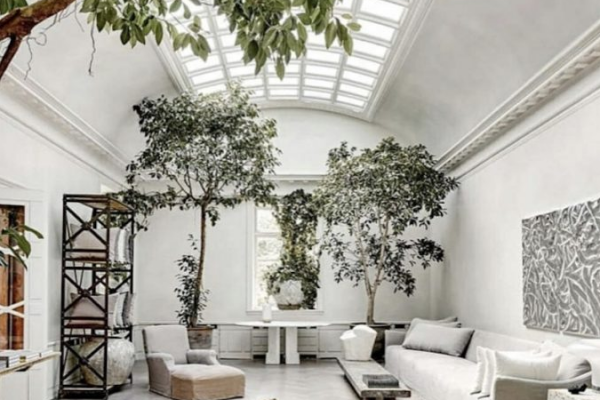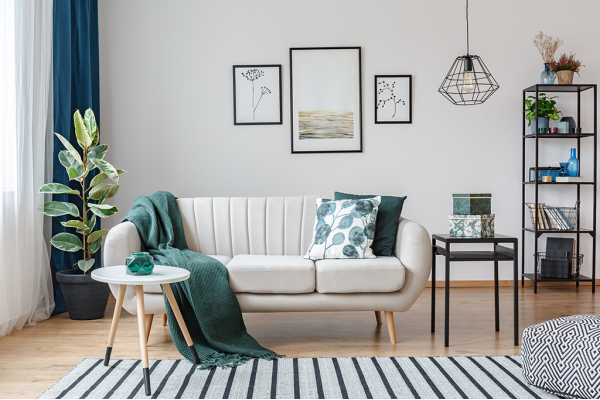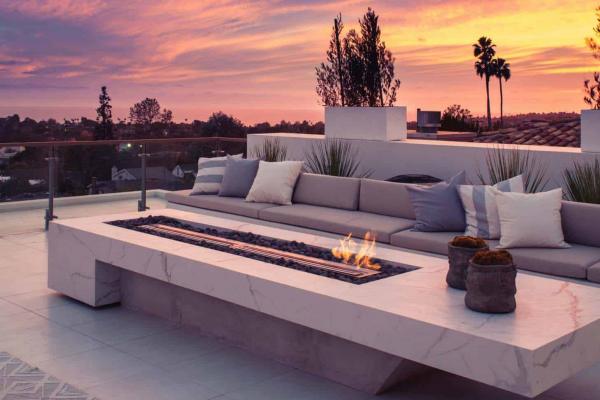
To Decorate For Happiness And Mental Wellbeing
What is it about a space that makes us feel at home? On the most fundamental level, human beings have a need for shelter, but beyond that we also want comfort, beauty, and connection with those around us and with the world outside.
Our responses to the design of houses and other spaces are sometimes conscious, sometimes unconscious; most of us have clear opinions about our taste that we can define, but many of our reactions to interiors go on beneath the surface, hard-wired in and bound up with our instincts for security and stimulation.
When children are asked to draw a home, they commonly draw houses with steeply pitched roofs, even when they themselves live in flats.
The pitched roof symbolises shelter and enclosure, which we need to make ourselves feel secure. Each individual’s home needs to feel like a place of refuge from the rest of the world. This psychology should always inform good design. As Alain de Botton discusses in his book, The Architecture of Happiness, we may seek beauty from design, but there all sorts of other aspects that we may not even be conscious of that lead us to find buildings and objects attractive or unattractive: “Our designs go wrong because our feelings of contentment are woven from fine and unexpected filaments. It isn’t sufficient that our chairs comfortably support us; they should in addition afford us a sense that our backs are covered, as though we were at some level still warding off ancestral fears of attacks by a predator. When we approach front doors, we appreciate those that have a small threshold in front of them, a piece of railing, a canopy or a simple line of flowers or stones - features that help us mark the transition between public and private space and appease the anxiety of entering or leaving a house.’
Trends in current research support de Botton’s assertion that when it comes to design, we are subject to a host of neurological responses we have no control over, and which we may not even recognise.
At this year’s Salone del Mobile in Milan, Google partnered with the Arts & Mind Lab at Johns Hopkins university to conduct an interesting experiment, exploring the impact of sensory input - what we see, hear, smell and touch - on our minds and bodies.
This field is called neuroaesthetics. Three different rooms were designed in collaboration with Finnish furniture company Muuto, and visitors wore bands to track their physiological responses as they moved through the rooms.
They were encouraged to stay quiet, stay off their phones and engage fully with their surroundings–touching objects, noticing smells, sounds and movement. Ivy Ross, VP of Product Design at Google, who led the project, said that around half of the participants were surprised by the room they felt calmest in, and that it was not necessarily the one that they were most attracted to visually. “We’ve been optimising our environments too much for our cognitive mind in recent years, and we need to ignite our senses and bring more awareness to what feels good rather than what we think.” Perhaps what we think we want, isn’t actually what makes us feel at home.


